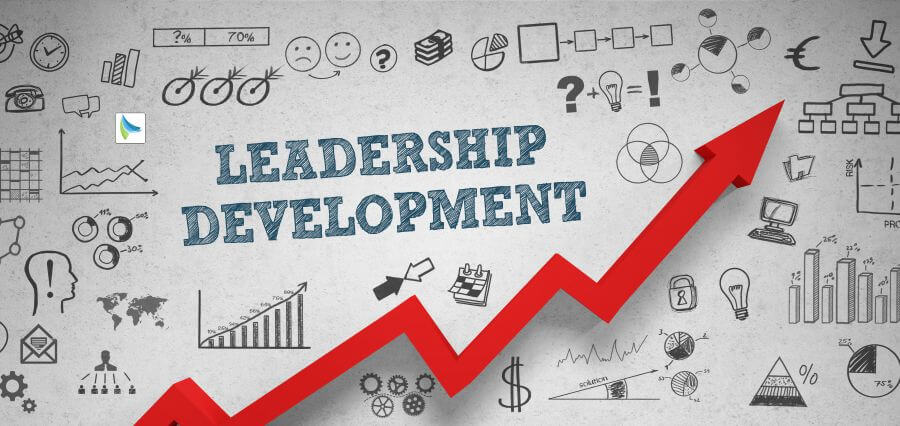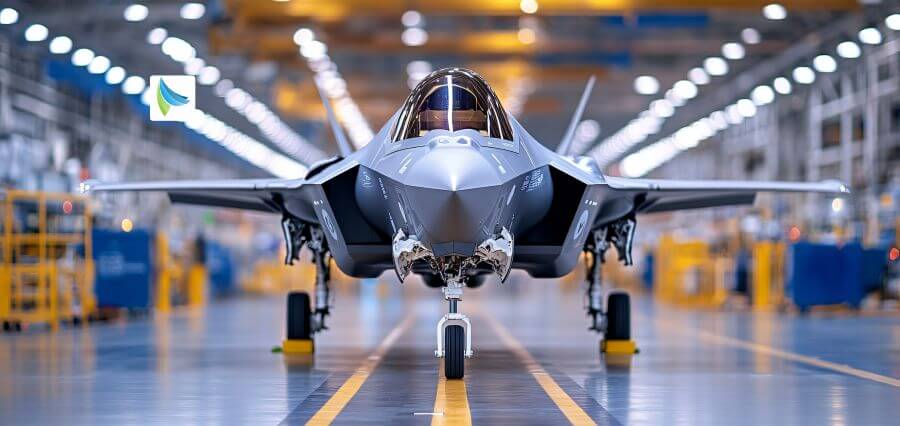Aviation and aerospace have been the pinnacle of man’s aspiration to fly high for decades, transforming the way we travel, communicate, and explore the cosmos. From the historic giant leap of history’s first powered flight to our current attempts to lead ourselves to distant planets, the industry hurtles at breakneck speeds. The most sophisticated aeronautics and space technology are no engineering feats; they form the backbone of global connectivity, defence, scientific progress, and economic development. Aerodynamics and materials science merge with thrust, avionics, and information technology to propel flight, increase security, and increase efficiency.
Evolution of Flight
Development of flight was an initial process of crude imitations of nature. The pioneers were observing the flying of birds and trying some form of imitation of what they were trying to do but without or partly succeeding. The 1903 Wright brothers’ accomplishment was the impetus, and it proved that powered, controlled, and sustained flight was not only possible but also practical. They set the door open to a series of unparalleled improvement in power, material, and design. The half-century-by-half-century innovation observed ceromancy develop from aircraft constructed of wood to sturdy metal aircraft capable of crossing oceans and continents.
Contemporary aviation was the result of half-century-by-half-century innovation, where each subsequent step was informed by the lesson of history. Jet engines, which were created during World War II, transformed speed and efficiency. Composite materials were used to decrease aircraft weight but provide it with additional strength. Advances in avionics gave more reliable navigation and communications aids that transformed flying by making air travel safe and dependable. Precision in science and engineering today characterize airliners that transport human beings thousands of miles across the globe in hours.
Aerospace Innovation
At the same time, space technology broke open the barriers. The launch of Sputnik in 1957 kicked off a space race that produced unprecedented miracles like the Apollo moon landing and constructing space stations. With each success, there was a technology jump, from rocket propulsion to life support. Aside from exploration, satellites went into communications, weather, navigation, and monitoring the Earth’s environment, transforming aerospace technology into daily living.
Moonshot chase continues to spur innovation. The industry and government now collaborate to construct reusable rockets, and space travel is more affordable. Emerging propulsion technologies like nuclear propulsion and ion engines will double human and robot missions to Mars and beyond to double today’s distance. The use of artificial intelligence in space systems grows autonomy since spacecrafts can feel the surroundings and adapt to unforeseen challenges. Those are abilities which attest to the pioneering ability of aerospace technology for man’s progress in space.
Future of Sustainable Flight and Space Exploration
Presently, aviation and aerospace industries have a twin mandate: to provide more mobility and exploration demands while reducing their footprint on the environment. The war today is between innovation and sustainability. Electric propulsion, hydrogen fuel, and hybrid propulsion are being tested by engineers to reduce emissions from aircraft. Aerodynamics like blended wing body aircrafts are targeted towards making the plane efficient by reducing drag. Digital technologies like real-time flight optimization and predictive maintenance decrease operation cost and fuel consumption at the same time. Even space travel is changing with sustainability as one of the drivers.
Off-spacecraft recycling of components, in-orbit fueling, and space construction of infrastructure on alien objects are ideas that encompass the industry’s historical emphasis on sustainability. Closed-loop life support will be applied whereby nothing is discarded and assets are reused to the maximum for enduring human presence on Mars or the Moon. Additive manufacturing, robotics, and frontier technologies enable habitats to be printed locally using indigenous materials and minimize ground-based supply chains’ reliance. Such technologies are dedicated to propelling man further to the responsible discovery where ambition will be ahead of stewardship.
Conclusion
Flight and aeronautics are human innovation’s never-say-die attitude. From infancy of a weak airplane to highly advanced spacecraft, each innovation opened new doors, inspiring generations of dreamers, scientists, and engineers. The industry began from raw utilitarian transportation commerce to the mechanism of global connectivity and unfurling the space secret. It is driven at its core by a combination of scientific gravitas, visionary imagination, and pragmatism that resists constraint militantly. Leading the advance to the future are exploration, digitalization, and sustainability that will be the center of the industry strategy. The synergistic power of cleaner engines, advanced materials, and artificial intelligence will define flying as cleaner and more efficient. In this venture, the quest for discovering and establishing colonies on other planets will carry human beings beyond the confines of Earth, penning new chapters of scientific attainment and technological advancement. In opening the mysteries of flight and the science of the universe, we don’t merely overcome flight but catch a glimpse of man’s endless potential to dream.
Read Also: Mastering AI-Driven Product Leadership












